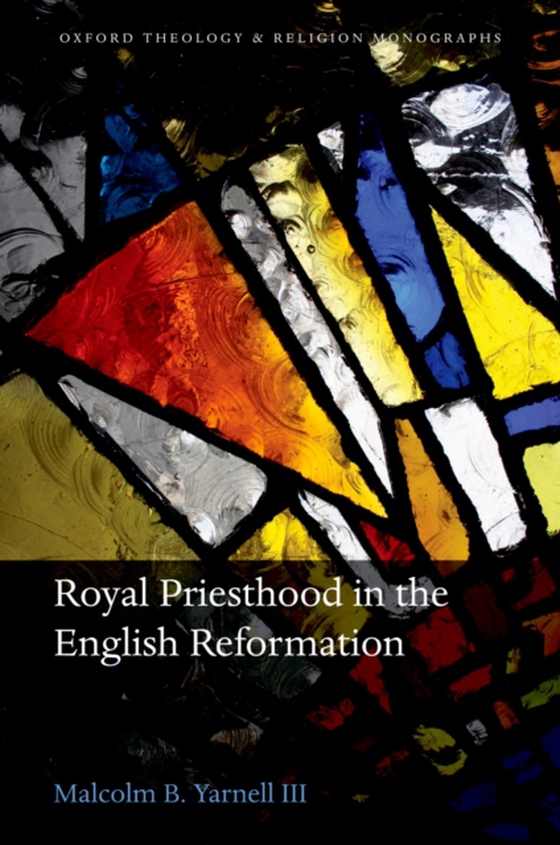
Royal Priesthood in the English Reformation e-bog
1313,81 DKK
(inkl. moms 1642,26 DKK)
Royal Priesthood in the English Reformation assesses the understandings of the Christian doctrine of royal priesthood, long considered one of the three major Reformation teachings, as held by an array of royal, clerical, and popular theologians during the English Reformation. Historians and theologians often present the doctrine according to more recent debates rather than the contextual unders...
E-bog
1313,81 DKK
Forlag
OUP Oxford
Udgivet
12 december 2013
Længde
336 sider
Genrer
1DBKE
Sprog
English
Format
pdf
Beskyttelse
LCP
ISBN
9780191509766
Royal Priesthood in the English Reformation assesses the understandings of the Christian doctrine of royal priesthood, long considered one of the three major Reformation teachings, as held by an array of royal, clerical, and popular theologians during the English Reformation. Historians and theologians often present the doctrine according to more recent debates rather than the contextual understandings manifested by the historical figures underconsideration. Beginning with a radical reevaluation of John Wyclif and an incisive survey of late medieval accounts, the book challenges the predominant presentation of the doctrine of royal priesthood as primarily individualistic and anticlerical, in the process clarifying these other concepts. It also demonstrates thatthe late medieval period located more religious authority within the monarchy than is typically appreciated. After the revolutionary use of the doctrine by Martin Luther in early modern Germany, it was wielded variously between and within diverse English royal, clerical, and lay factions under Henry VIII and Edward VI, yet the Old and New Testament passages behind the doctrine were definitely construed in a monarchical direction. With Thomas Cranmer, the English evangelical presentation of theuniversal priesthood largely received its enduring official shape, but challenges came from within the English magisterium as well as from both radical and conservative religious thinkers. Under the sacred Tudor queens, who subtly and successfully maintained their own sacred authority, the variousdoctrinal positions hardened into a range of early modern forms with surprising permutations.
 Dansk
Dansk

